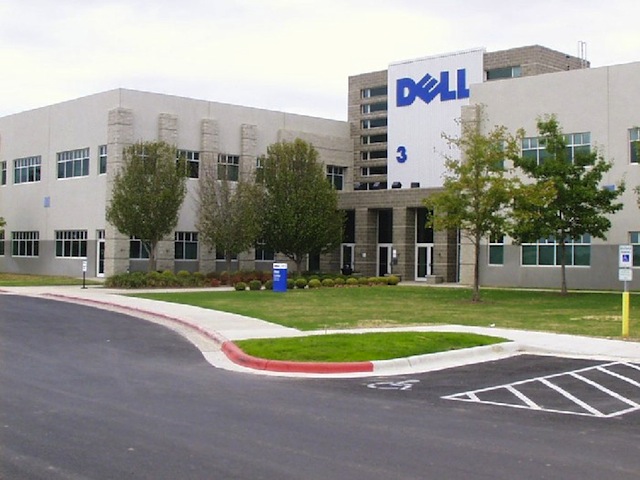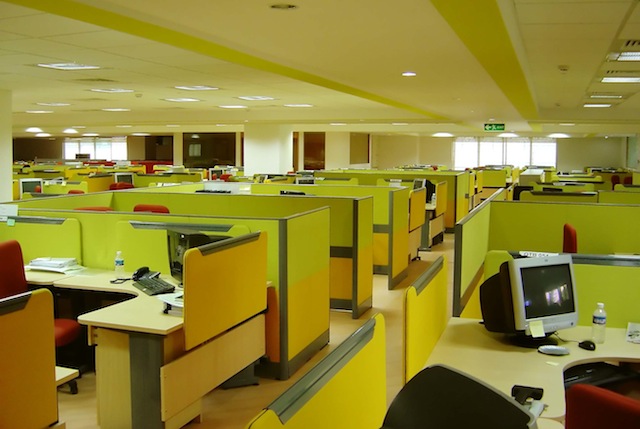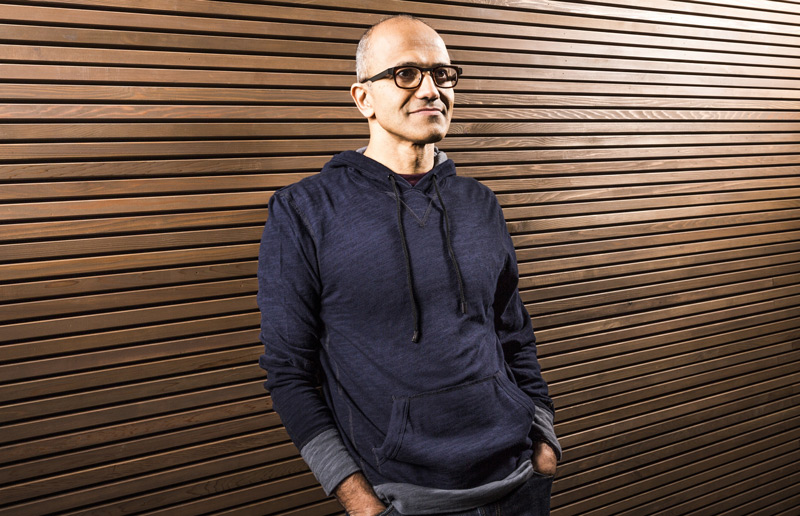A few years ago Ransomware was a joke, malware would install a screen that would demand a ransom be paid to ‘unlock’ the computer. It was easy to get around and almost trivial to remove.
Then came Cryptolocker, a nasty piece of malware that would gleefully encrypt a victim’s hard drives, rendering them inaccessible unless a sizeable ransom was paid.
Ransomware suddenly became serious.
Cryptolocker eventually was unpicked with a cracking tool released and the ring’s alleged founder, Evgeniy Bogachev, now on the run from US authorities with a three million dollar reward for his arrest.
A better class of ransomware
Now the gangs running the ransomware scams are even more sophisticated and well resourced with Andrei Taflan of Romanian security company BitDefender describing how Bitcoin values are often tracking ransomware activity.
“When we see Bitcoin values surging we watch for increased ransomware activity. Someone is buying Bitcoins to unlock their data,” Taflan told me last week in an underground bar appropriately called The Rabbit Hole.
Taflan’s colleague Bogdan Botezatu describes how the ransomware problem is getting worse, not better, with Cryptowall patching the weaknesses that led to Bogachev’s downfall.
One of the fascinating aspects of Cryptowall is that it’s polymorpic – it changes shape to elude traditional signature based anti-virus programs. The malware also creates unique Bitcoin wallets to make tracking transaction harder.
Paying the ransom
Many businesses being infected by Cryptowall and having data locked away by an industrial grade encryption program makes it a no brainer to pay the demands. It’s a profitable business.
Faced this rather impressive piece of work, Botezatu raises a chilling prospect about ransomware in the Internet of Things; how long, he asks, will it take ransomware to target more sensitive devices we use, including cars and medical implants?
Botezatu’s concern illustrate why security with the Internet of Things is absolutely essential if industry and the public are to have any confidence in connected devices.




